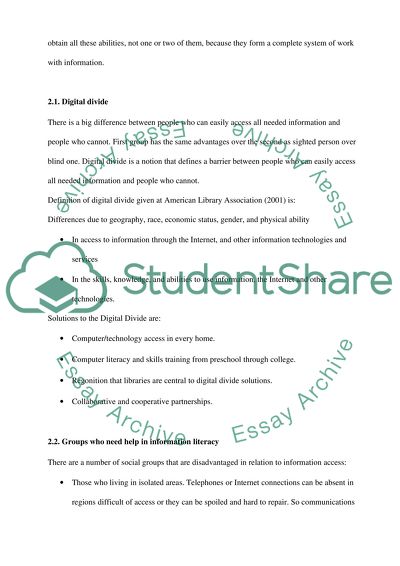Cite this document
(“Availability and transparency of information Essay”, n.d.)
Retrieved from https://studentshare.org/sociology/1510460-availability-and-transparency-of-information
Retrieved from https://studentshare.org/sociology/1510460-availability-and-transparency-of-information
(Availability and Transparency of Information Essay)
https://studentshare.org/sociology/1510460-availability-and-transparency-of-information.
https://studentshare.org/sociology/1510460-availability-and-transparency-of-information.
“Availability and Transparency of Information Essay”, n.d. https://studentshare.org/sociology/1510460-availability-and-transparency-of-information.


